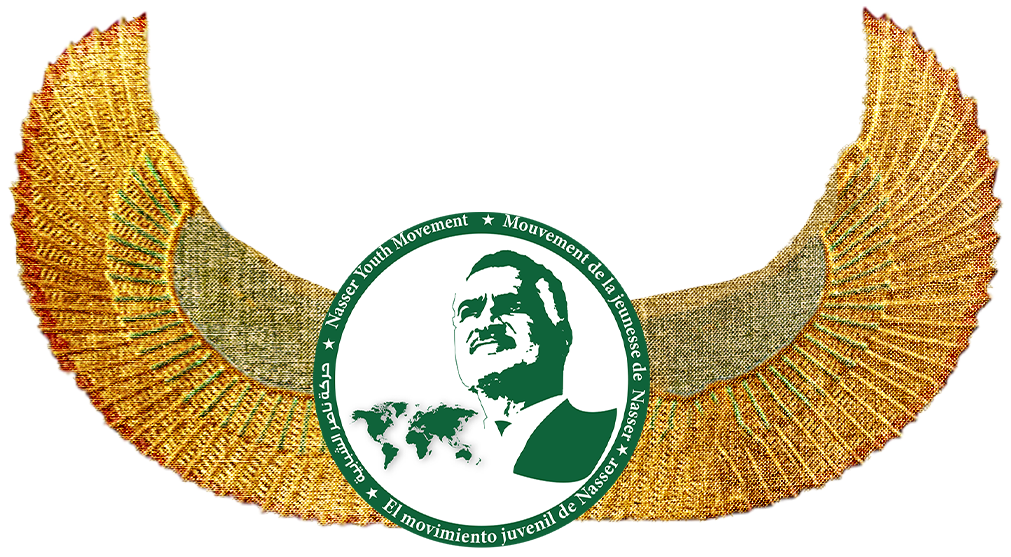The Egyptian Opera... The oldest opera in Africa and the Middle East
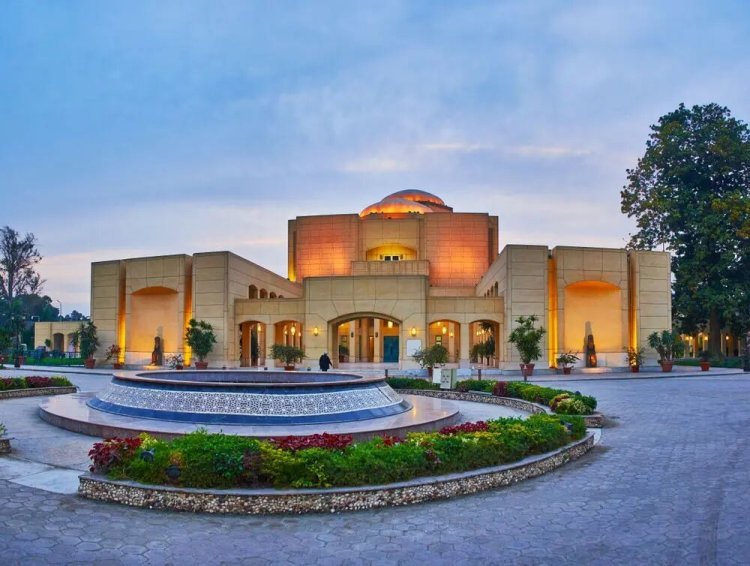
Music is food for the soul, culture is the beacon of the mind, and opera is not a distant art form from the taste of Egyptians or the East in general. Ancient Egyptian history is filled with musical models accompanied by dramatic performances and poetry. On the walls of temples, we find magnificent recordings of many ancient Egyptian celebrations, which show the extent of interest in music, singing, and dancing. They even invented many musical instruments out of love for music, such as the famous harp, which underwent different developments until it reached the Eastern oud instrument.
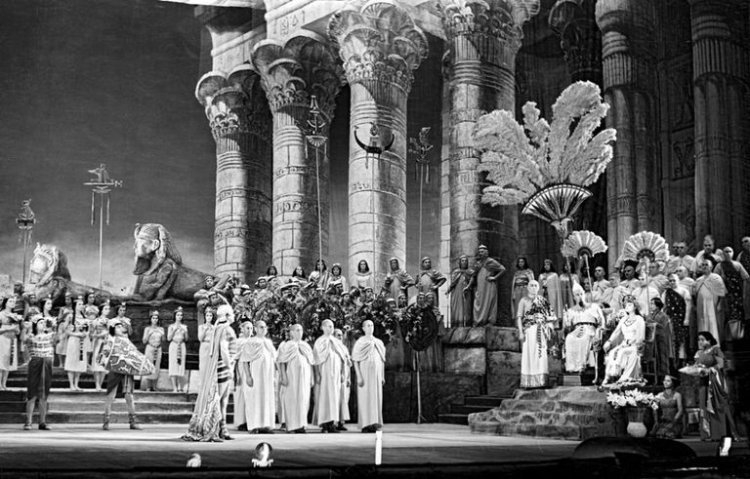
On the banks of the great Nile River, and in front of the "Kasr El Nil Bridge," one of the oldest Egyptian landmarks, which is guarded by four famous lions, lies a cultural, artistic, and human history rooted in Egypt. It was called the Khedivial Opera House because of its association with the story of holding inauguration ceremonies for the Egyptian Suez Canal during the era of Khedive Ismail. It was established in one of the most important neighborhoods in Cairo at that time, where the square in front of it was named "Theatro Square," then Ibrahim Pasha Square. In September 1954, it was named Opera Square and still bears its name to this day.
Its construction took six months, at a cost of one million and six hundred thousand Egyptian pounds, knowing that the pound at that time was equivalent to seven and a half grams of gold, which means that the old pound is equivalent to about 7,550 pounds of the current currency.
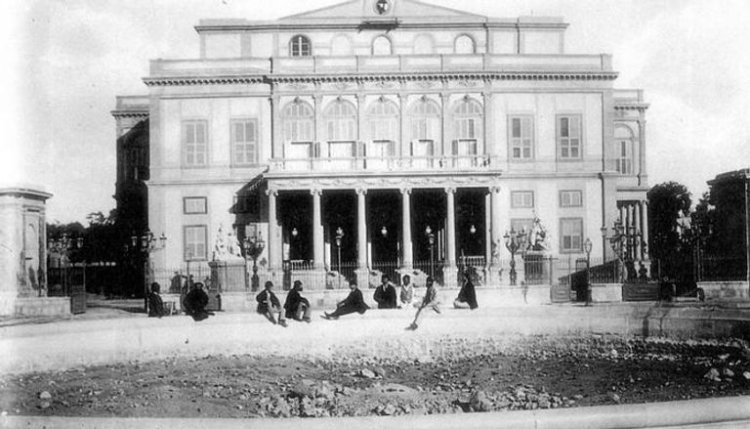
On November 1, 1869, it was opened by Khedive Ismail, who was accompanied by Empress Eugenie, the wife of Emperor Napoleon III, Emperor Franz Joseph, the ruler of Austria, and the Crown Prince of Prussia, in addition to art and political figures from various parts of the world. The orchestra played music by "Verdi," and the artists presented the show "Rigoletto" with real jewels as a sign of respect for the important figures present. It included a stage that was one of the widest and most luxurious theaters in the world, accommodating 850 people.
On the occasion of the opening of the Khedivial Opera House, the French Egyptologist "Mariette Pasha" asked Khedive Ismail to choose a story from the pages of ancient Egyptian history to be the nucleus of a poetic play that would open the opera. Thus, the legendary opera "Aida" was born, with its lyrical text written by Giuseppe Verdi, and its refined music composed by the legendary Italian composer "Verdi," who was rewarded by Khedive Ismail with 150,000 gold francs. Despite the circumstances preventing its presentation on the opening day, it was performed two years later on December 24, 1871.
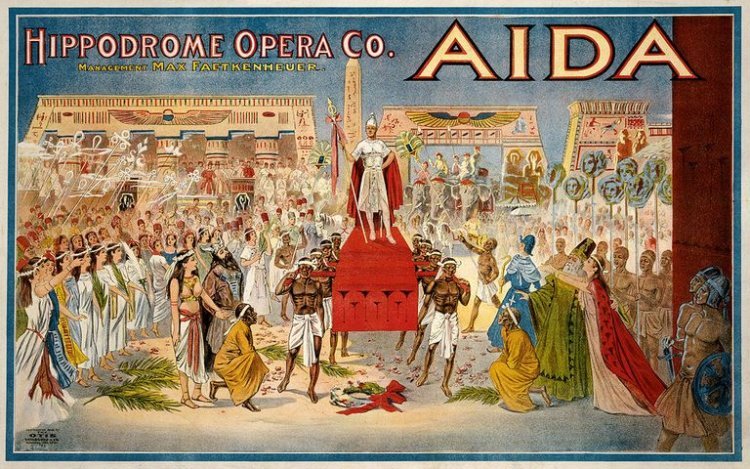
For almost a century, the Khedivial Opera House stood as a prestigious landmark in Egypt until the morning of October 28, 1971, when a fire broke out and the building collapsed in front of thousands of Egyptians. The fire consumed the wooden building with its elegant facade, distinctive engravings, statues, rare artifacts, costumes, decorations, and accessories used in its shows.
After the destruction of the elegant and distinctive Khedivial Opera House, Cairo was without an opera house for almost two decades until the construction of the current Cairo Opera House on Gezira Island. The Japanese International Cooperation Agency (JICA) coordinated with the Egyptian Ministry of Culture to design a building that would blend in with the surrounding area's architecture, featuring a modern Islamic architectural style. On March 31, 1985, the late President Hosni Mubarak laid the foundation stone for the new opera house, and in May of the same year, the Japanese construction company Kajima began the building and design work. The construction was completed on the last day of March 1988, after 34 months of work, with about 30 Japanese engineers and administrators and around 500 Egyptian workers participating in the project, except for six engineers.
The new opera house was opened on October 10, 1988, in the presence of the late Egyptian President Hosni Mubarak, Prince Tomohito of Mikasa of Japan, the younger brother of the Emperor of Japan, and King Salman bin Abdulaziz, who was then the Prince of Riyadh.
Cairo witnessed a grand official, cultural, and artistic celebration that night, with groups of percussionists and cavalry troops carrying colorful flags in formations from the first Qasr El Nil Bridge to the end of it. Police students surrounded the statue of Saad Zaghloul overlooking the opera house, and candles and candlesticks were lit inside the opera house's inner courtyard.
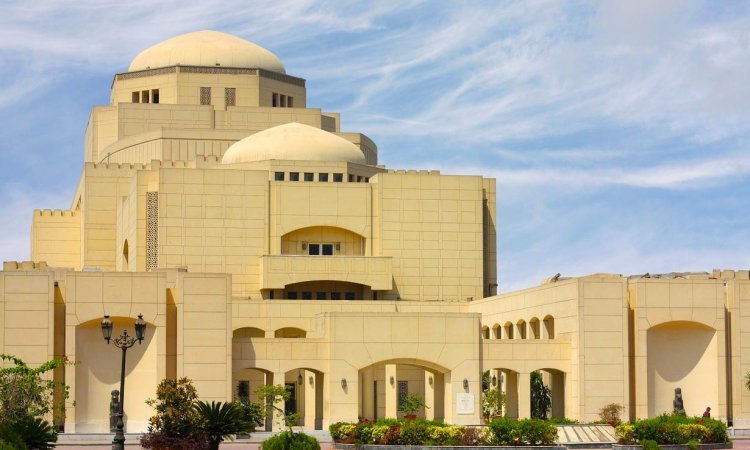
Amidst these processions, Mubarak proceeded to cut the ribbon and unveil the commemorative plaque, surrounded by Egyptian and international musicians, artists, intellectuals, and creators, as well as celebration guests, ministers, princes, ambassadors, and political figures.
The old opera house was considered the first in Africa, and its stage was one of the widest and most luxurious theaters in the world in terms of size, preparation, and grandeur.
For almost a century, the Khedivial Opera House stood as a prestigious landmark in Egypt until the morning of October 28, 1971, when a fire broke out and the building collapsed in front of thousands of Egyptians. The fire consumed the wooden building with its elegant facade, distinctive engravings, statues, rare artifacts, costumes, decorations, and accessories used in its shows.
After the destruction of the elegant and distinctive Khedivial Opera House, Cairo was without an opera house for almost two decades until the construction of the current Cairo Opera House on Gezira Island. The Japanese International Cooperation Agency (JICA) coordinated with the Egyptian Ministry of Culture to design a building that would blend in with the surrounding area's architecture, featuring a modern Islamic architectural style. On March 31, 1985, the late President Hosni Mubarak laid the foundation stone for the new opera house, and in May of the same year, the Japanese construction company Kajima began the building and design work. The construction was completed on the last day of March 1988, after 34 months of work, with about 30 Japanese engineers and administrators and around 500 Egyptian workers participating in the project, except for six engineers.
The new opera house was opened on October 10, 1988, in the presence of the late Egyptian President Hosni Mubarak, Prince Tomohito of Mikasa of Japan, the younger brother of the Emperor of Japan, and King Salman bin Abdulaziz, who was then the Prince of Riyadh.
Cairo witnessed a grand official, cultural, and artistic celebration that night, with groups of percussionists and cavalry troops carrying colorful flags in formations from the first Qasr El Nil Bridge to the end of it. Police students surrounded the statue of Saad Zaghloul overlooking the opera house, and candles and candlesticks were lit inside the opera house's inner courtyard.
Amidst these processions, Mubarak proceeded to cut the ribbon and unveil the commemorative plaque, surrounded by Egyptian and international musicians, artists, intellectuals, and creators, as well as celebration guests, ministers, princes, ambassadors, and political figures.
The old opera house was considered the first in Africa, and its stage was one of the widest and most luxurious theaters in the world in terms of size, preparation, and grandeur.
The Opera House comprises several theaters, including:
The Grand Theater:
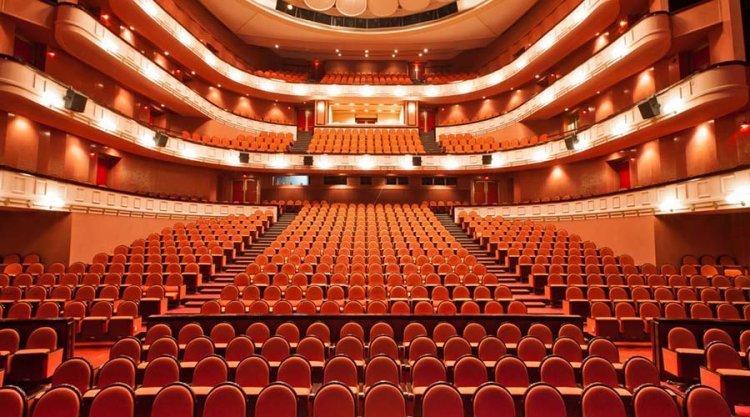
This theater is dedicated to the largest Egyptian and international shows and ballets, and has been equipped with fire safety measures. It can accommodate 1,200 seats.
The Small Theater:
This theater is designed for small shows, cultural evenings, and seminars, and can accommodate around 500 seats.
The Open-Air Theater:
This theater is dedicated to summer and youth shows, with a capacity of approximately 600 seats. It hosts numerous local and international shows.
The Fine Arts Hall:
This hall is dedicated to hosting collective and individual art exhibitions for many Egyptian and international artists, with the aim of promoting the art movement and public taste and keeping pace with the international art scene.
The Egyptian Opera House Museum:
The museum was established to be a visual artistic encyclopedia that records the history of the Opera House, its artistic works, and its heroes from its establishment until now. The museum has two wings, one dedicated to the old Khedivial Opera House period until its fire, and the other dedicated to the new Opera House. It is regularly updated and is a destination for tourists and culture and art enthusiasts.
The Opera Library:
The library contains Arabic and foreign books in various fields, as well as most of the operatic works presented. It also houses many musical compositions by Egyptian and foreign composers, and opens its contents to researchers and students.
